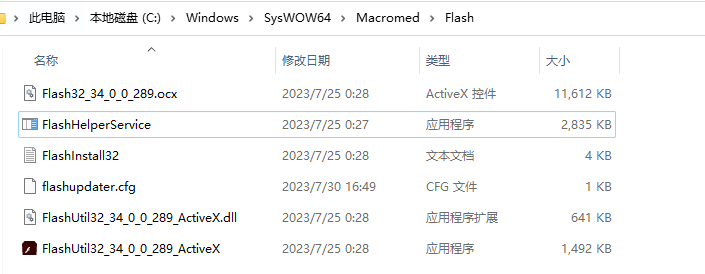
Vue组件开发:弹窗组件实现方法
引言:
在前端开发中,弹窗组件是一种常见且重要的组件类型。它可以用来在网页中展示一些提示信息、确认或输入框等交互性内容。本文将介绍如何使用Vue框架开发一个简单的弹窗组件,并提供具体的代码示例。
一、组件结构设计
在设计弹窗组件的结构时,我们需要考虑以下几个要素:
- 弹窗标题:用于显示弹窗的标题信息。
- 弹窗内容:用于展示弹窗的具体内容。
- 弹窗按钮:用于确认、取消等操作的按钮。
基于以上要素,我们可以设计出如下的弹窗组件结构:
<template>
<div class="popup">
<h3 class="popup-title">{{ title }}</h3>
<div class="popup-content">
<slot></slot>
</div>
<div class="popup-buttons">
<button @click="confirm">确认</button>
<button @click="cancel">取消</button>
</div>
</div>
</template>
<script>
export default {
name: 'Popup',
props: {
title: {
type: String,
required: true
}
},
methods: {
confirm() {
// 确认操作的逻辑
this.$emit('confirm');
},
cancel() {
// 取消操作的逻辑
this.$emit('cancel');
}
}
}
</script>
<style scoped>
.popup {
/* 弹窗样式 */
}
.popup-title {
/* 弹窗标题样式 */
}
.popup-content {
/* 弹窗内容样式 */
}
.popup-buttons {
/* 弹窗按钮样式 */
}
</style>
二、组件用法示例
在使用弹窗组件时,我们可以通过设置props属性来传递弹窗的标题,并通过监听自定义事件来获取用户的操作反馈。
以下是一个示例,展示了如何在父组件中使用弹窗组件:
<template>
<div>
<button @click="showPopup">显示弹窗</button>
<popup :title="popupTitle" @confirm="handleConfirm" @cancel="handleCancel">
<div>
<!-- 弹窗内容 -->
</div>
</popup>
</div>
</template>
<script>
import Popup from './Popup.vue';
export default {
name: 'App',
data() {
return {
popupTitle: '提示', // 弹窗标题
show: false // 是否显示弹窗
}
},
components: {
Popup
},
methods: {
showPopup() {
this.show = true;
},
handleConfirm() {
// 确认操作的处理逻辑
this.show = false;
},
handleCancel() {
// 取消操作的处理逻辑
this.show = false;
}
}
}
</script>
总结:
通过以上代码示例,我们可以看到Vue框架提供了一种简单、灵活的方式来开发弹窗组件。我们可以根据具体需求定制弹窗的内容和样式,并通过监听自定义事件来实现对用户操作的响应。同时,弹窗组件的封装也提高了代码的复用性和开发效率,使我们能够更加方便地在项目中使用弹窗功能。希望本文能对你理解和使用Vue组件开发弹窗组件有所帮助。
© 版权声明
文章版权归作者所有,未经允许请勿转载。
THE END





















































暂无评论内容